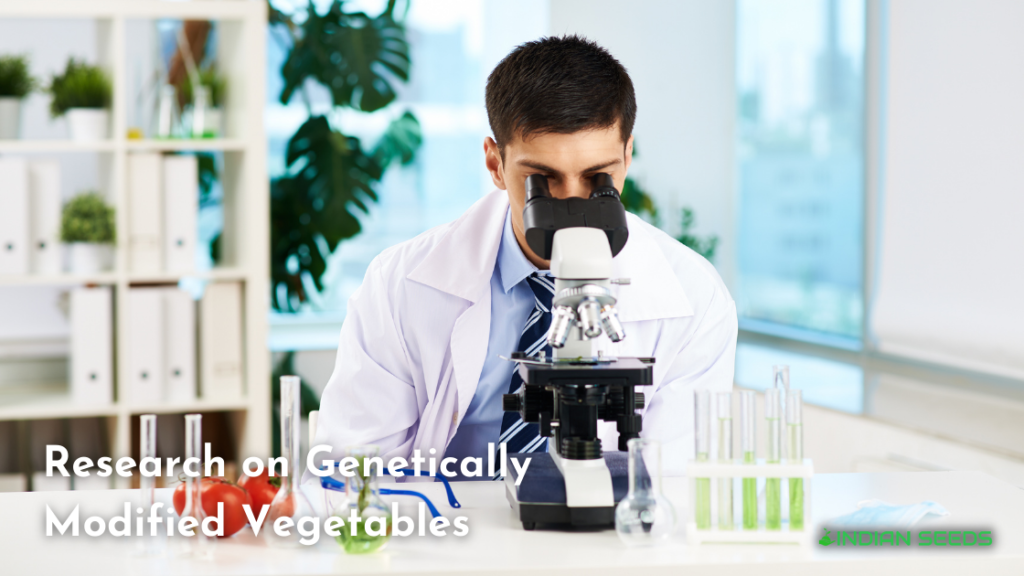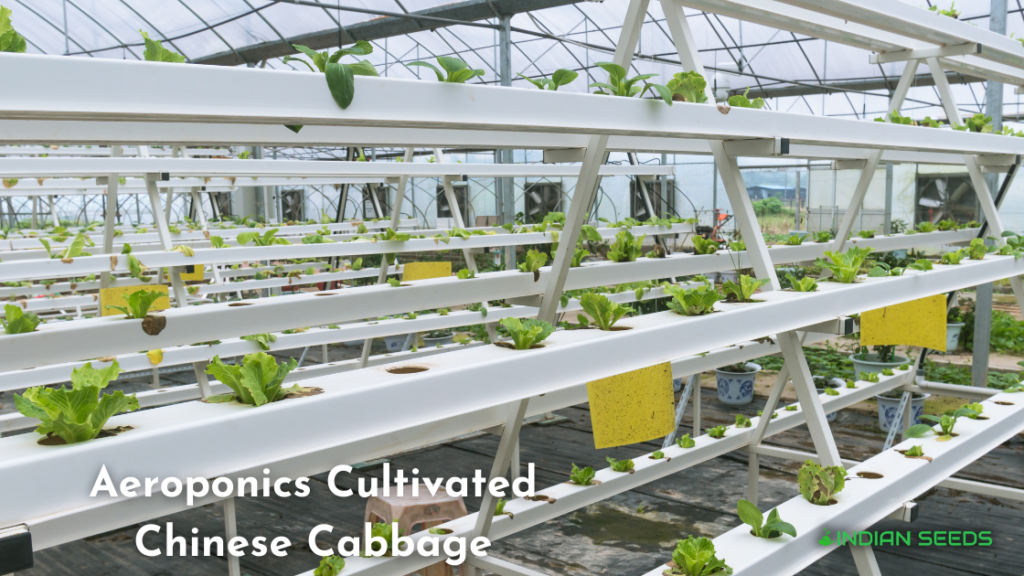There have been recent advancements in modern agriculture, ranging from new tools to procedures that result in a more efficient, sustainable environment and increased food availability. A variety of worldwide changes are altering the agricultural system’s and food’s long-term viability. The world’s population is predicted to continue to grow at an exponential rate, increasing the demand for agricultural products.
Climate change is also disproportionately hurting food-insecure regions, endangering crop and livestock production, as well as fisheries.
Existing farming practices appear to result in more severe competition for scarce natural resources, additional deforestation, increased greenhouse gas emissions, and land degradation in order to meet the rising demand for agricultural produce.
For more than two decades, extreme poverty and hunger are believed to have decreased over the world. However, more than 700 million people still live in poverty in rural regions today. Natural catastrophes and crises have hampered food supply and hampered the development of high-quality manpower per acre of land.
The escalation of natural disasters and climate change, which influence every element of human existence and the ecosystem at large, will be addressed through technological advancements combined with substantial reductions in agricultural fossil fuel use.
Increased research into pest and disease control will aid in the prevention of lower agricultural production. Food systems that are more efficient, resilient, and inclusive can address these concerns.
Modern Agriculture Practices
Modern Greenhouses
The greenhouse sector has grown significantly over the last decade, from small-scale facilities largely utilised by researchers to large-scale facilities designed to compete with land-based traditional agriculture.
As expected, today’s modern greenhouses are becoming increasingly tech-heavy, employing technology such as LED lighting and computerised control systems to generate ideal growing conditions.
Apart from being significantly more environmentally friendly than land-based farming, greenhouses also reduce the chance of adverse weather conditions. The plants, for example, are protected from freezing or being wiped off by excessive rain. Traditional farmers are constantly at risk of having their crops destroyed, especially in today’s fast-changing climate circumstances.
As a result, greenhouses are an excellent way to reduce these hazards and ensure the safety of food production.
Improved Irrigation
The days of relying on natural rain for farming are long gone. Artificial rains, as well as new and improved kinds of irrigation, have made an influence on modern agriculture practices in recent years.
Drip irrigation, Center Pivot, Sprinkler system (Lawn and Hose end), Subsurface textile irrigation, and lateral motion irrigation are a few of them.

Similarly, building agricultural ponds (which store water) is a new era innovation in India for irrigating crops. As a result, agriculture has evolved into a completely new creature. Modern agriculture has unquestionably outperformed previous ways in this area, whether it’s irrigating a plot of land with ergonomic application techniques or increasing predictability.
In 2017, the globe produced 27 million tonnes of lettuce (report coupled with chicory), with China producing 15.2 million tonnes or 56% of the total.
IT in Agriculture
Agriculture took a giant step forward for humanity with the introduction of GNSS and GPS. This enabled the application of technology in ways that completely transformed the situation. The Green Revolution, as the successor to the second phase of the agri-revolution, made it possible to measure growth on a mathematical scale.
Precision agriculture uses data for exact planting, soil data, and topographical elements, making this farming method a milestone of human progress. It became much easier to forecast the best growing conditions for a crop.
IT proved to be a godsend in fostering increased crop traceability and building an accurate record of the farm.

Remote sensors, satellites, and UAVs can gather information 24 hours per day over an entire field. These can monitor plant health, soil condition, temperature, humidity, etc. The amount of data these sensors can generate is overwhelming, and the significance of the numbers is hidden in the avalanche of that data.
Precision or smart agriculture, with its improved decision-making and marketing components, has made its way into the Indian agricultural sector. It opened up new avenues for human needs to be met. This method allowed farmers to keep track of crop requirements, improve their competitiveness, and lessen their environmental footprints.
Simply said, this was made possible when Big Data and agriculture collided. Researchers were the first to incorporate this approach into their farming initiatives. As the cost of such a method decreases, it is steadily acquiring importance outside of research initiatives.
These are some of the customs that have shaped India into the country it is today. Modern agriculture has made its mark, whether through technology, smart machinery, or novel concepts. It revolutionised the way India approached agriculture.
Practicing Monoculture
What is Monoculture?
Monoculture refers to the cultivation of only one type of crop on a certain piece of land. It facilitates the cultivation of land. The ground is tilled in the same manner because the crop to be planted is of the same type. This simplifies land preparation and cultivation.
As the seeds to be sown are of the same type, sowing seeds on the soil is easier. This saves time because the sort of seeds to be planted and where they should be sown are not carefully selected.

Weeding is a little easier in monoculture because the plants grown are all the same. When a weeding method is selected, it is applied to all of the crops on the plot of land.
Harvesting and storage are also simplified because the vegetables may be simply packed without danger of cross-contamination with other goods. Because of the benefit of uniformity, the storage style is also the same.
Expansion of the firm’s size is easier, which aids in the improvement of the product, resulting in an increase in profit and a reduction in the cost of production. Monoculture also encourages the employment of the other five modern agricultural practices.
Plant breeding and GMO
Plant breeding techniques have been used by scientists to improve crop production for thousands of years. Biotechnology, or the process of introducing desirable genes directly into a plant, was first used by scientists in the 1980s to generate plants with beneficial properties. GMOs, or genetically modified organisms, are the name for these items.
Each new GMO is tested for years to guarantee that it is as safe as its non-GMO equivalent. Bringing a GMO to market takes an average of 13 years and $130 million.

Plant breeding techniques have been used by scientists to improve crop production for thousands of years. Biotechnology, or the process of introducing desirable genes directly into a plant, was first used by scientists in the 1980s to generate plants with beneficial properties. GMOs, or genetically modified organisms, are the name for these items.
Each new GMO is tested for years to guarantee that it is as safe as its non-GMO equivalent. Bringing a GMO to market takes an average of 13 years and $130 million.
Aeroponics
Aeroponics is another advancement in modern agriculture. It’s incredible that crops can grow when floating in mid-air. This is precisely what aeroponics farming entails. Unlike geoponics, which, as the name implies, is heavily reliant on growing plants in conventional soil, aeroponics usually does not require a growing medium.
Aeroponically grown plants are normally suspended in an instrument that supports them. This minimises touch between the device and the plant, allowing it to develop completely in the air. A nutrient-rich solution is always sprayed on the plant’s dangling roots. The majority of herbs produced in this manner are successful. Basil, lettuce, tomatoes, ginger, veggies, and many others are examples.

The following are some of the advantages of employing an aeroponics system:




Hydroponics
The plants in the hydroponics method of farming do not require soil to grow. Instead, it requires water as a medium for growth. Three elements are required for this type of planting to succeed:
Plants can’t produce the energy they need to develop without light, which they do through a process called photosynthesis. As a result, light is critical for plant growth. Because it may not have direct access to light, every hydroponics system comes with its own grow light or lamp.
Water is the most important growing medium for any plant. Farmers add the required nutrient-solution that the plant will require to grow in this way. NPK or Phosphorus (P), Nitrogen (N), and Potassium (K) are the critical requirements of the nutritional solution, along with a few additional micronutrients (K).

Amino acids contain considerable amounts of nitrogen (N). Phosphorus promotes root development, which improves crop quality and structural strength. On the other hand, potassium helps to improve crop quality, shape, size, and yield.
Carbon dioxide in the air is required by all plants in order to transform the energy acquired from sunshine into sugar and water. The fan and filtration system provide air, which is also a crucial feature in the hydroponics system.
The following are examples of several types of hydroponics systems:
Drip irrigation system, Wicks’ method, Culture of Water, System of Ebb and Flow. The most prevalent type of hydroponics system is the N.F.T system.
Modern technology has been able to keep up with the world’s expanding need for food. Modern technology, such as novel crop varieties, the use of big data, and precision agriculture, has resulted in higher primary crop yields and cheaper food prices.





